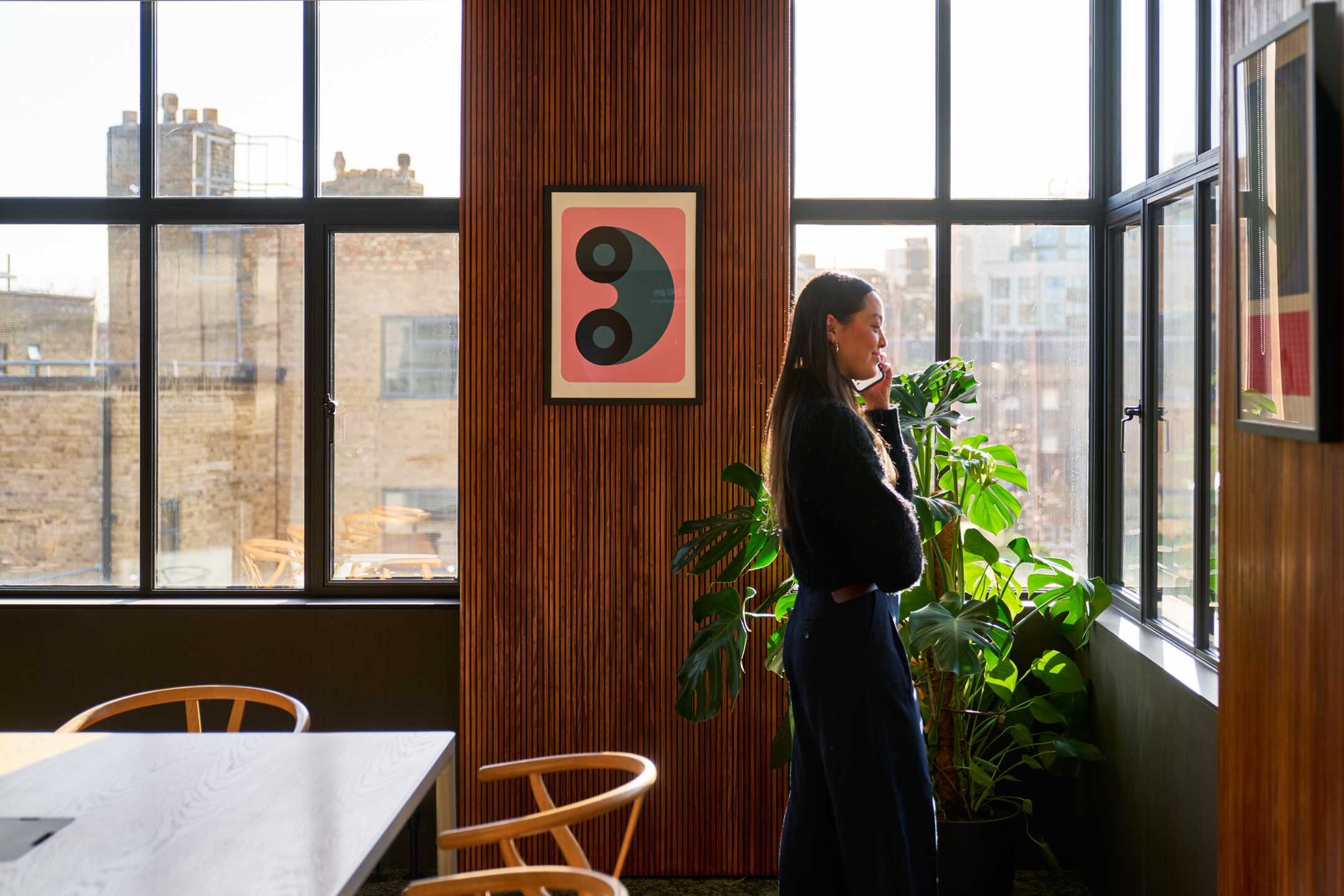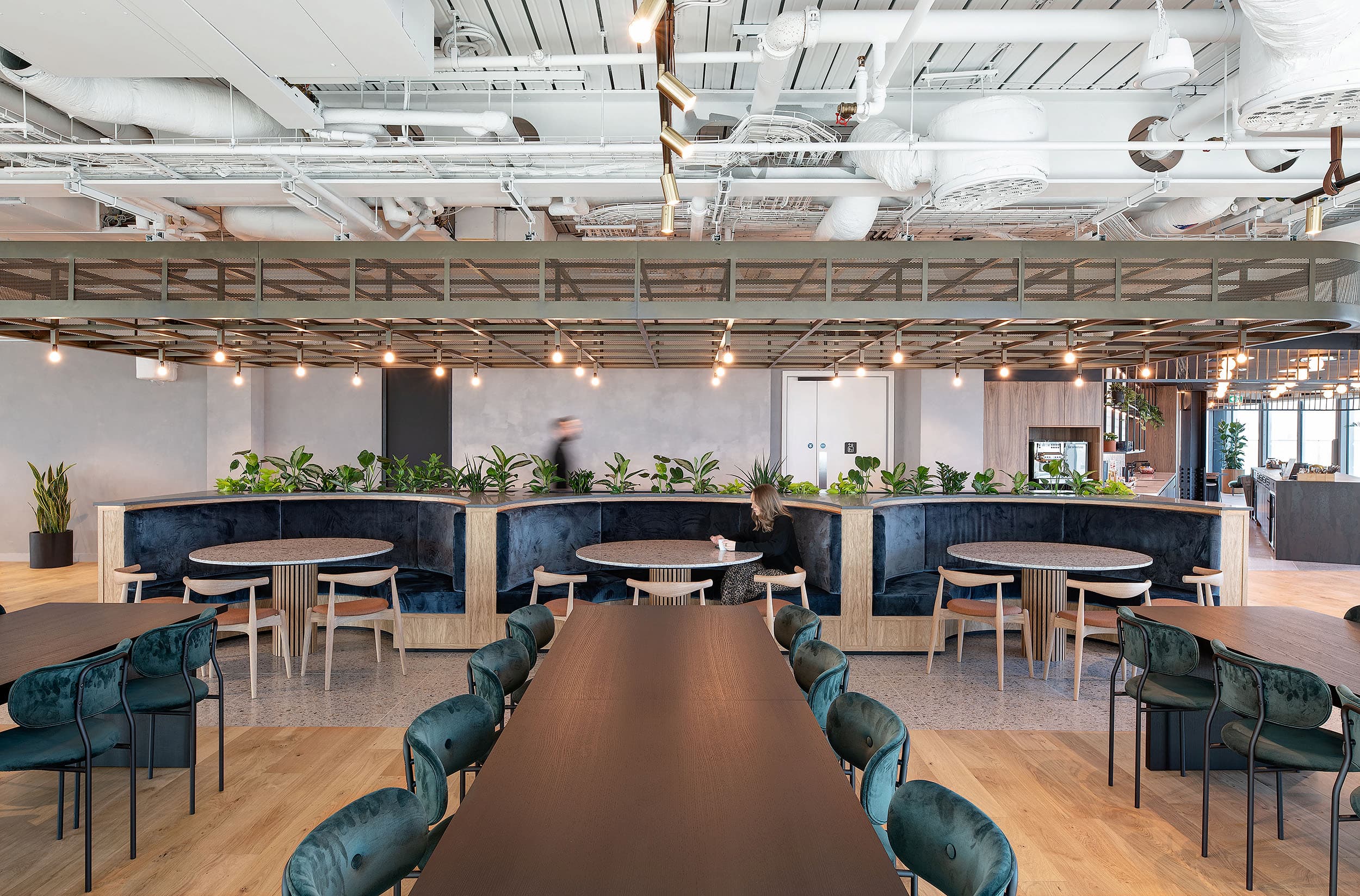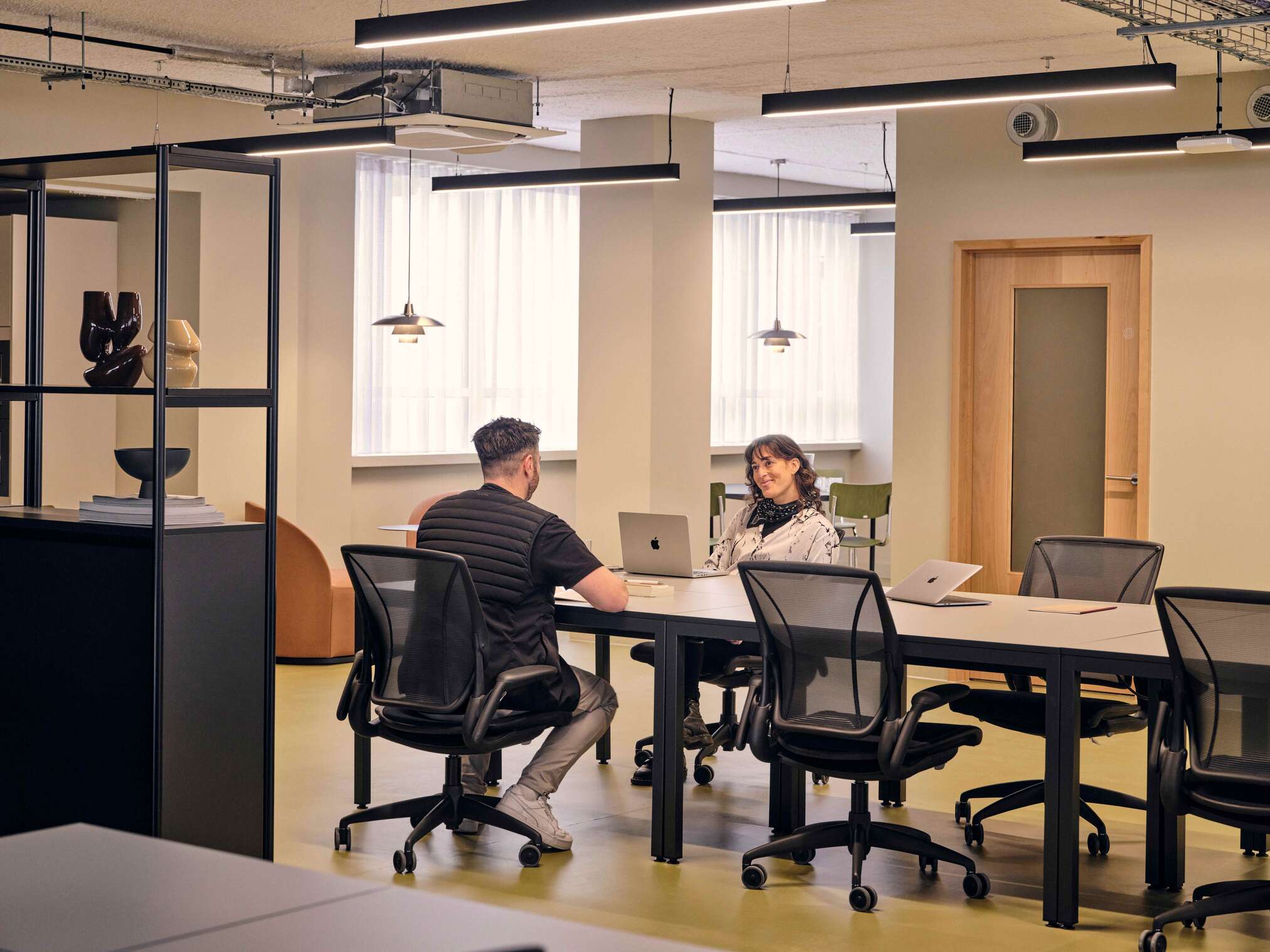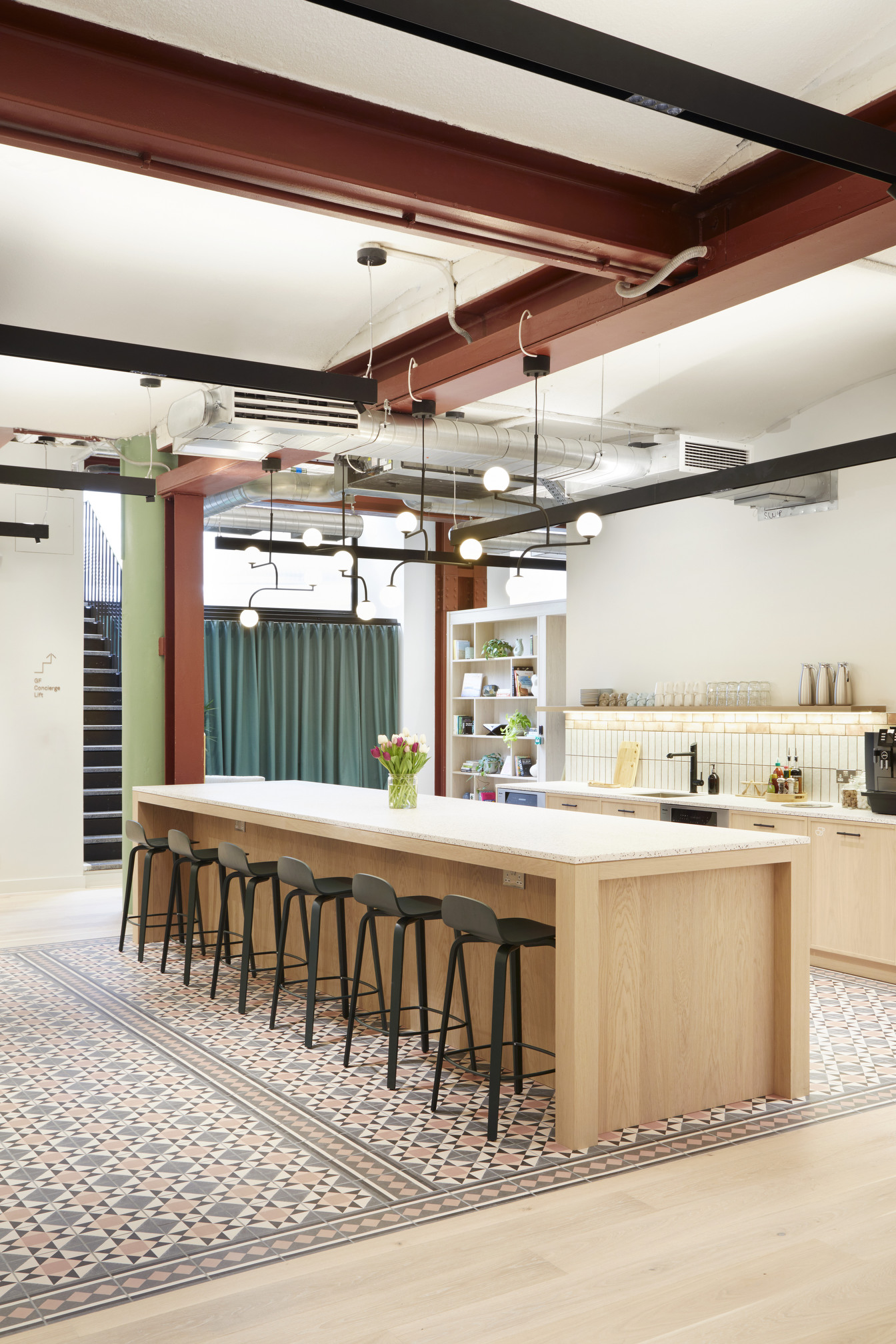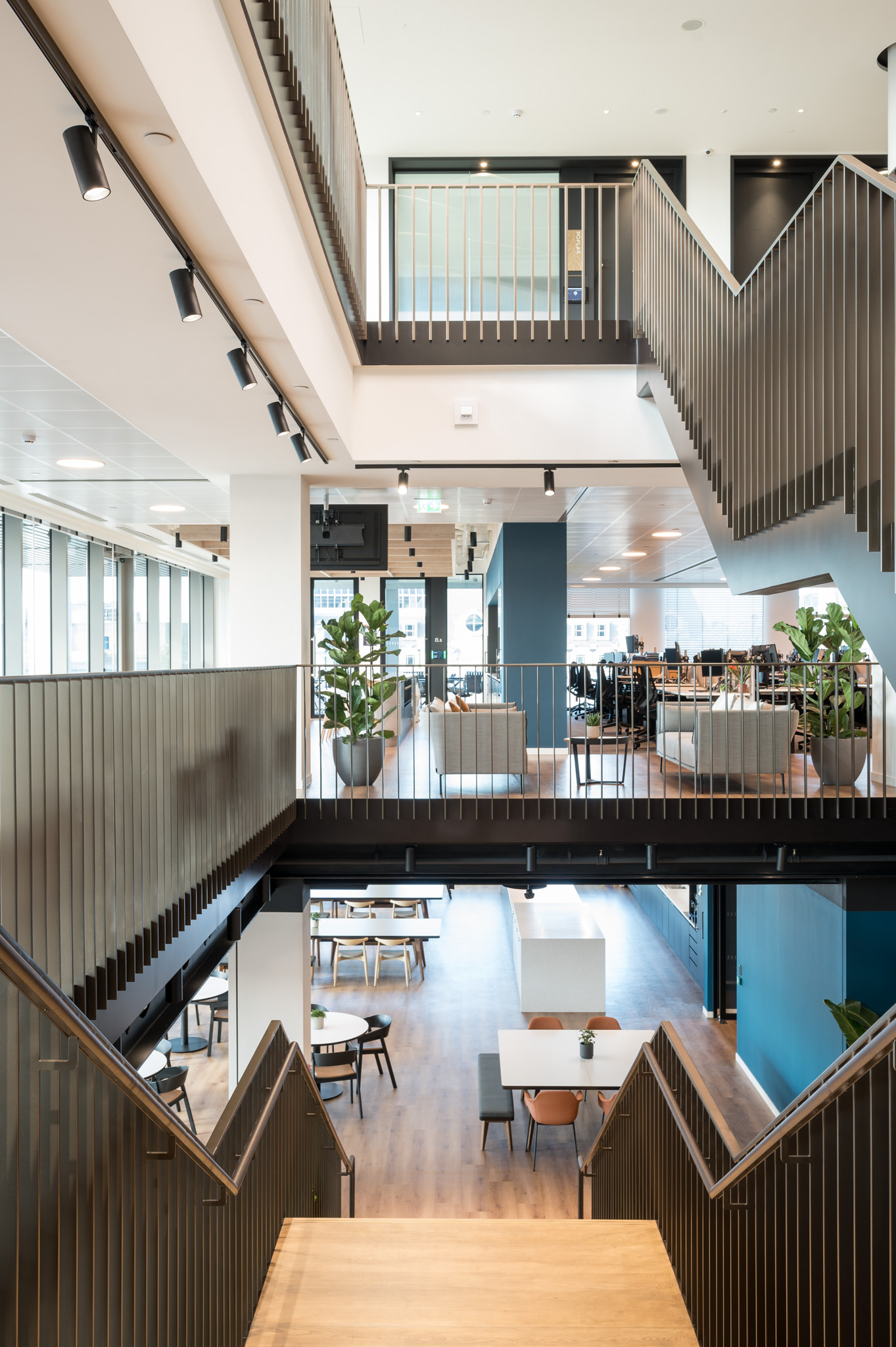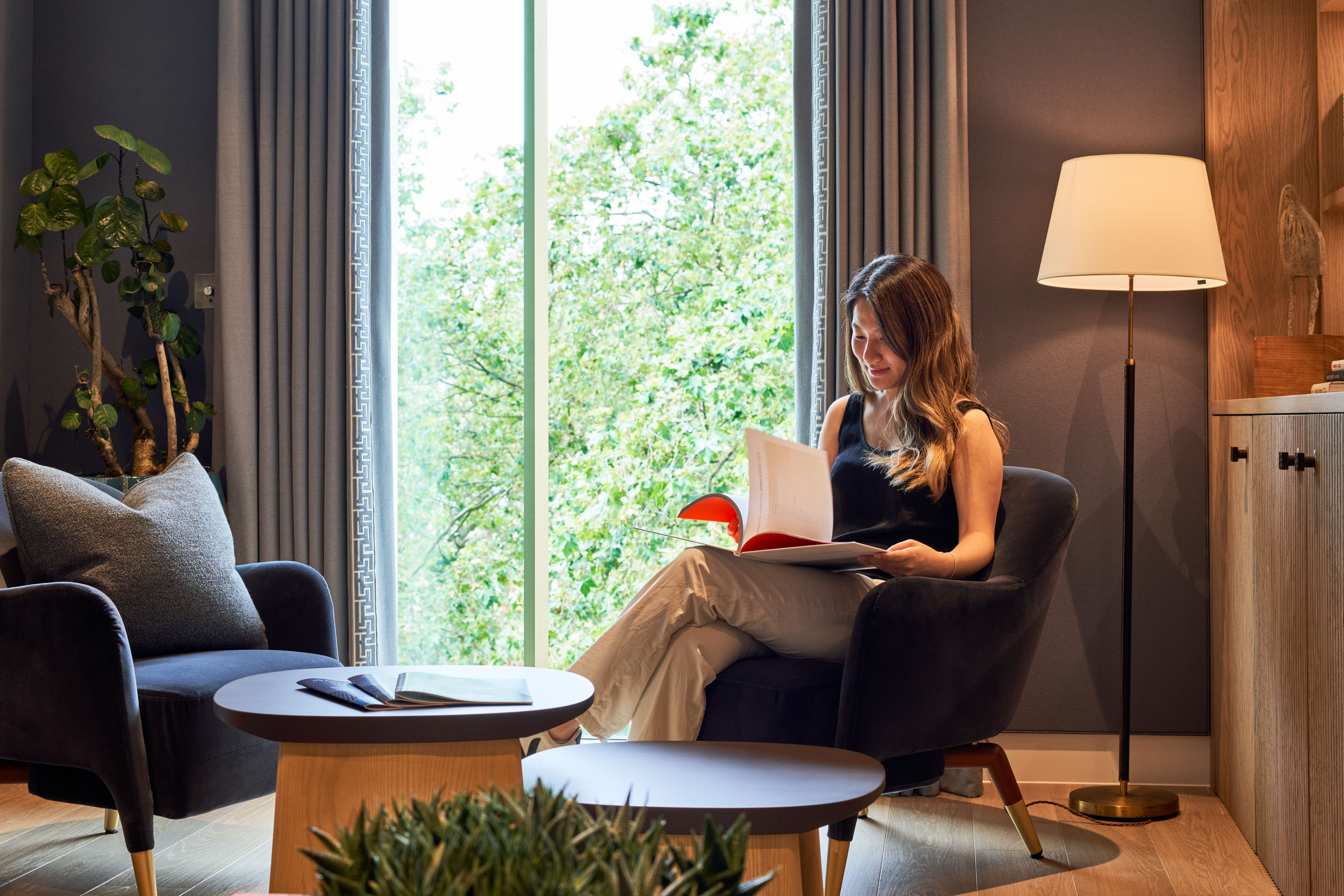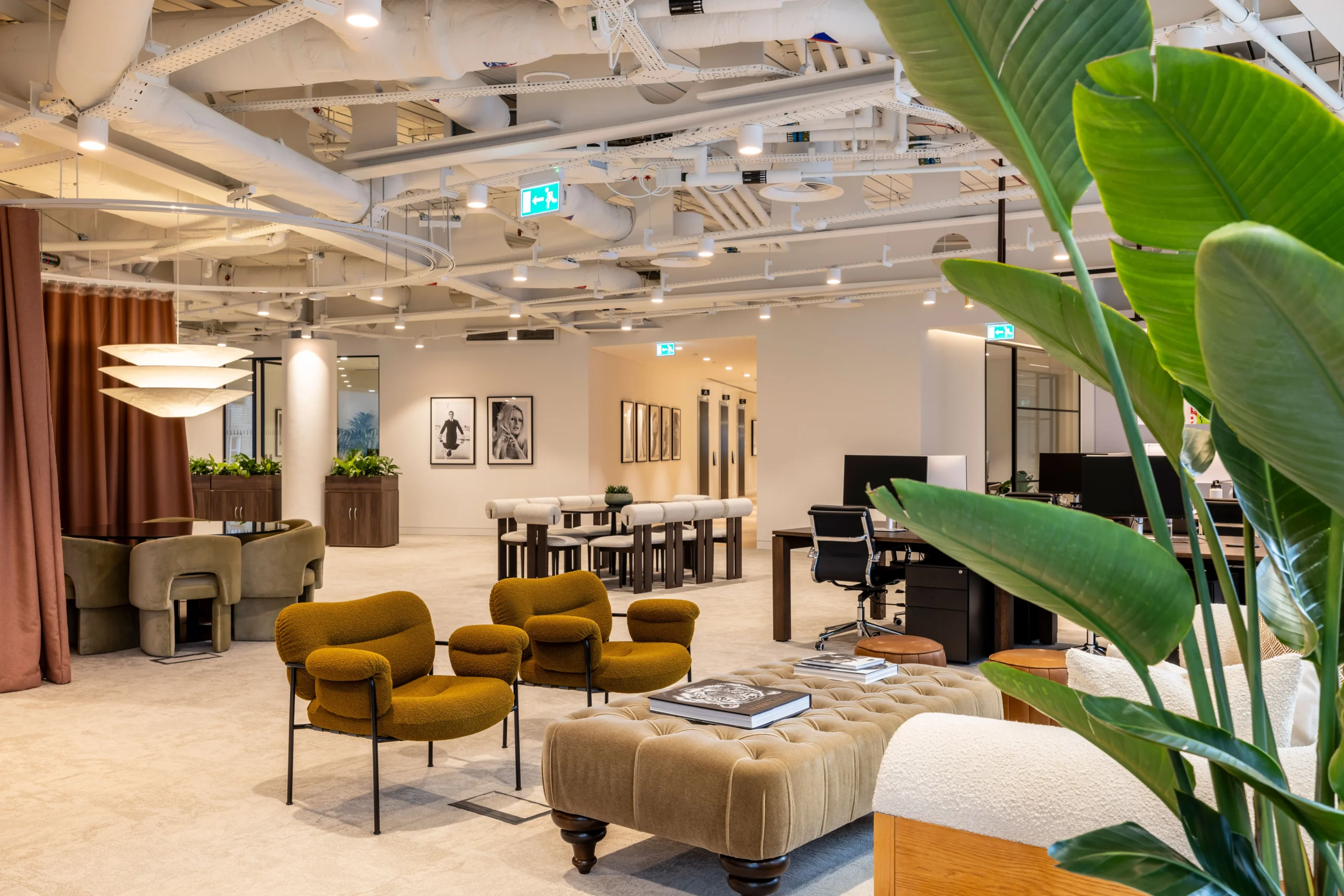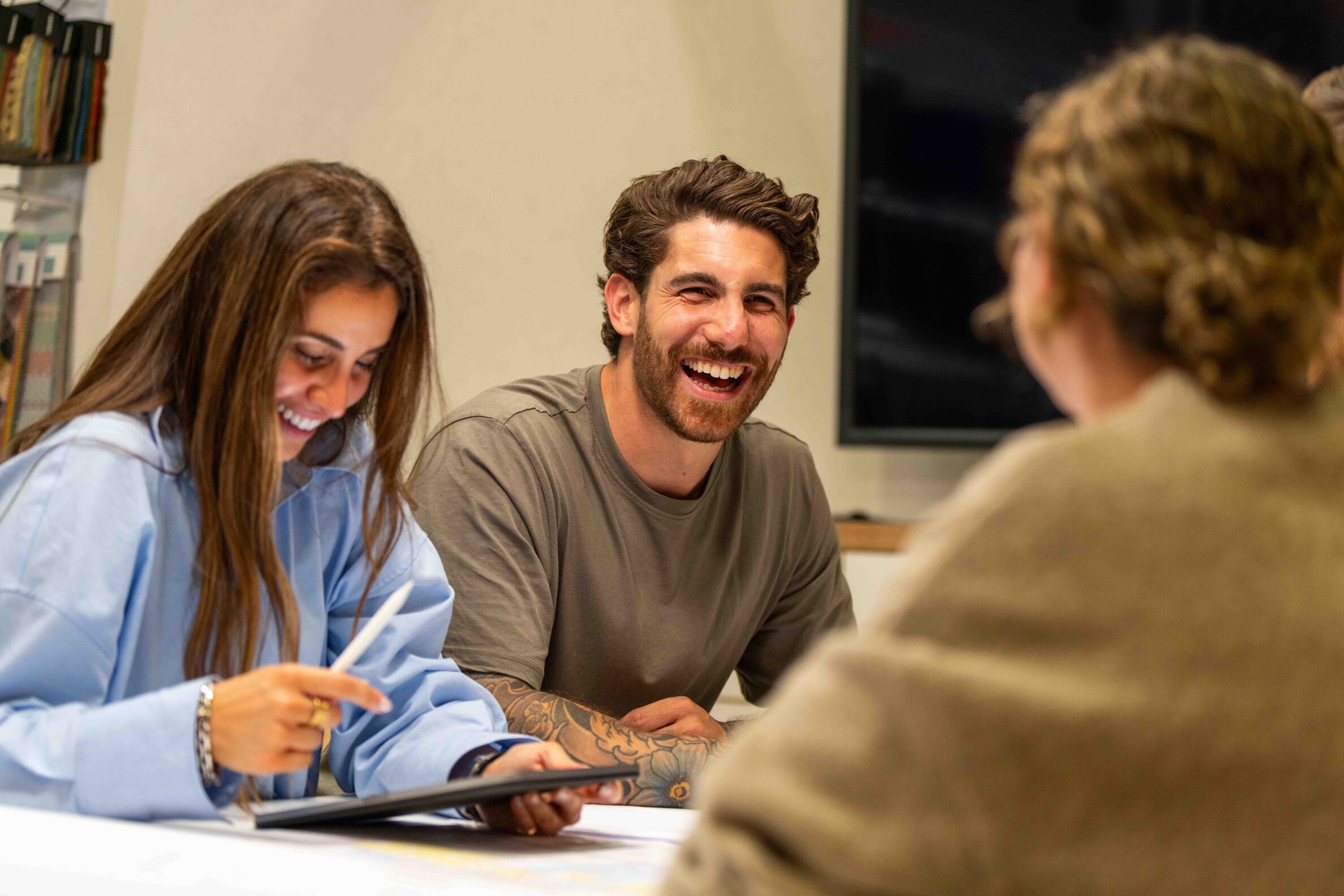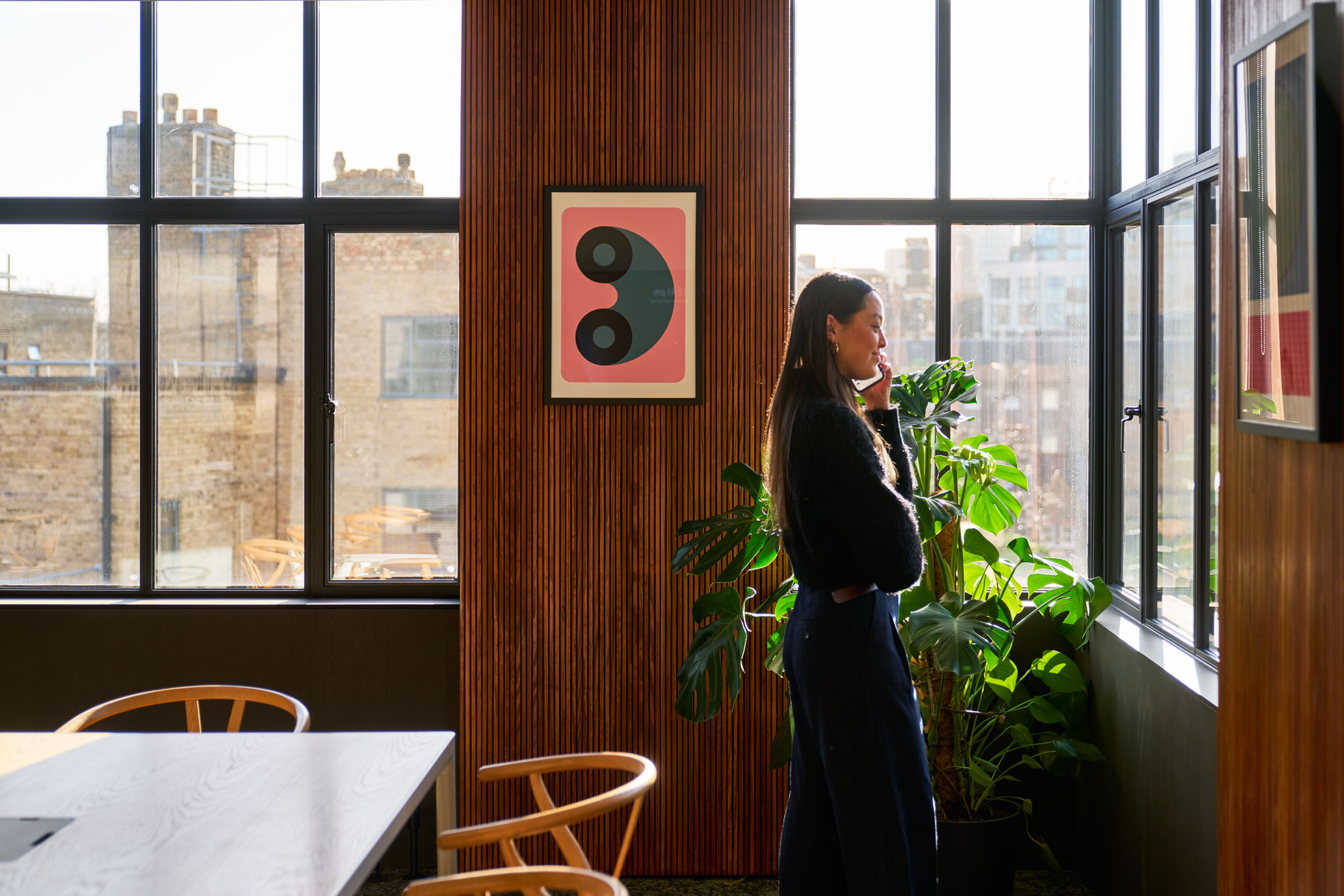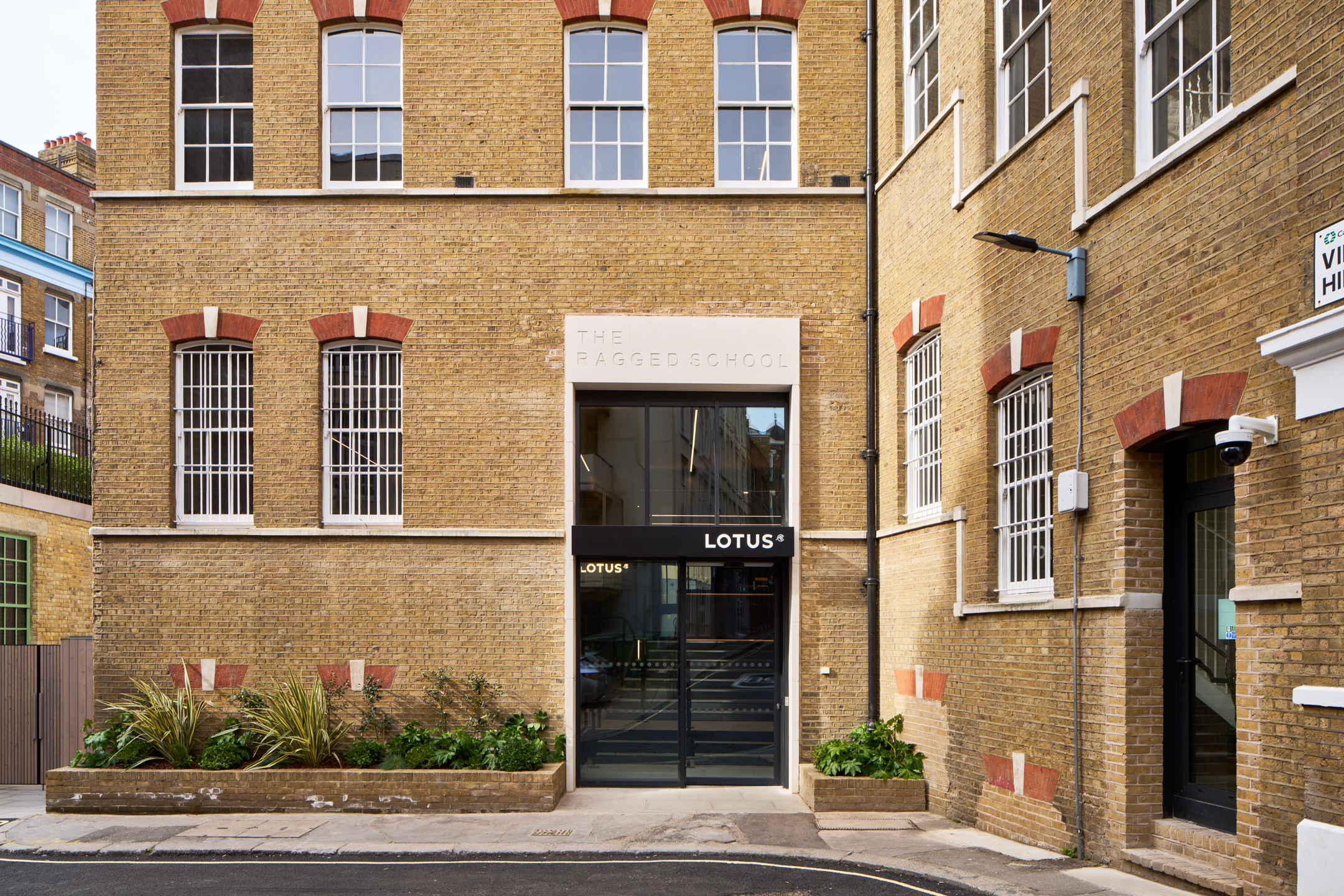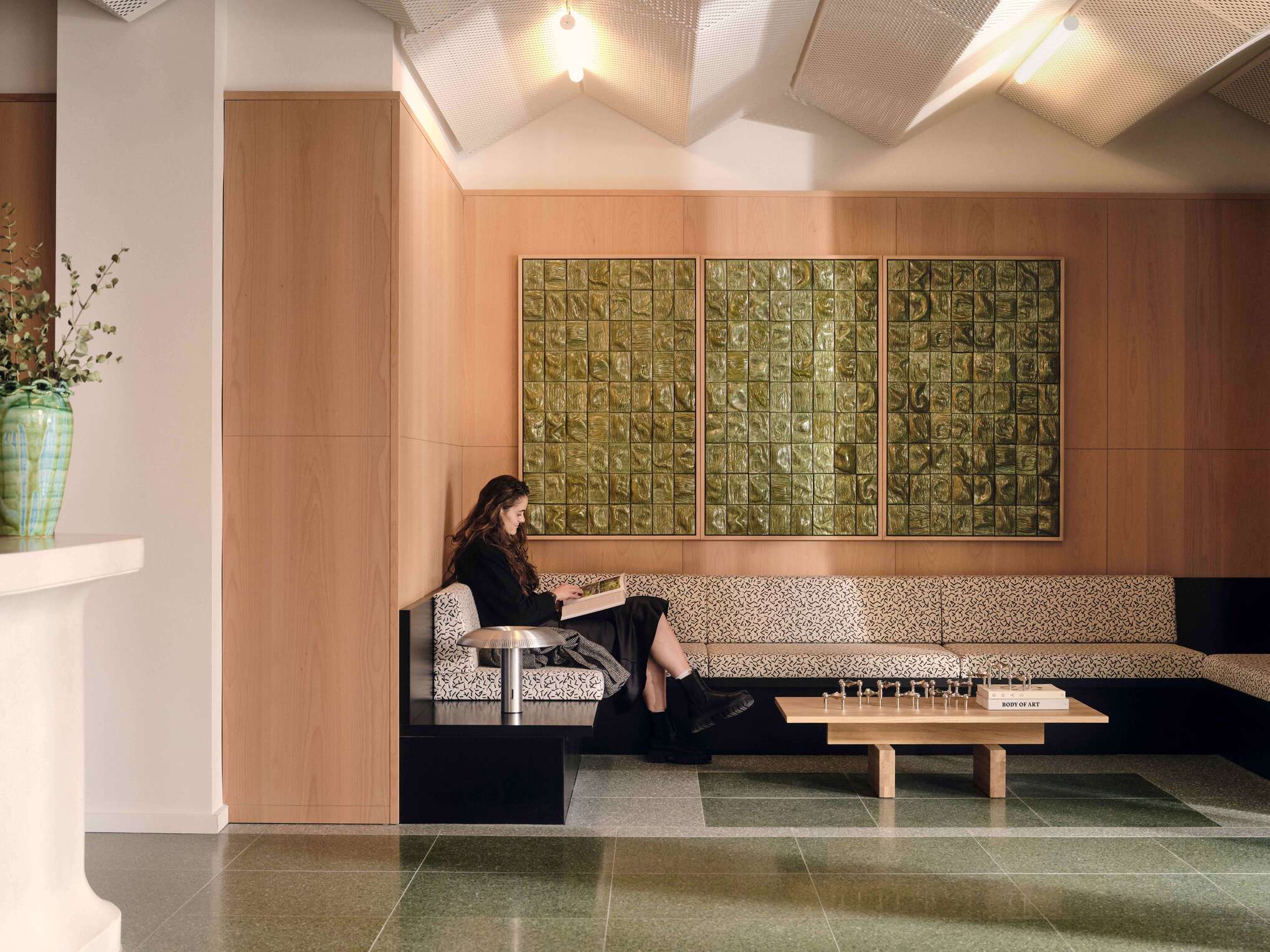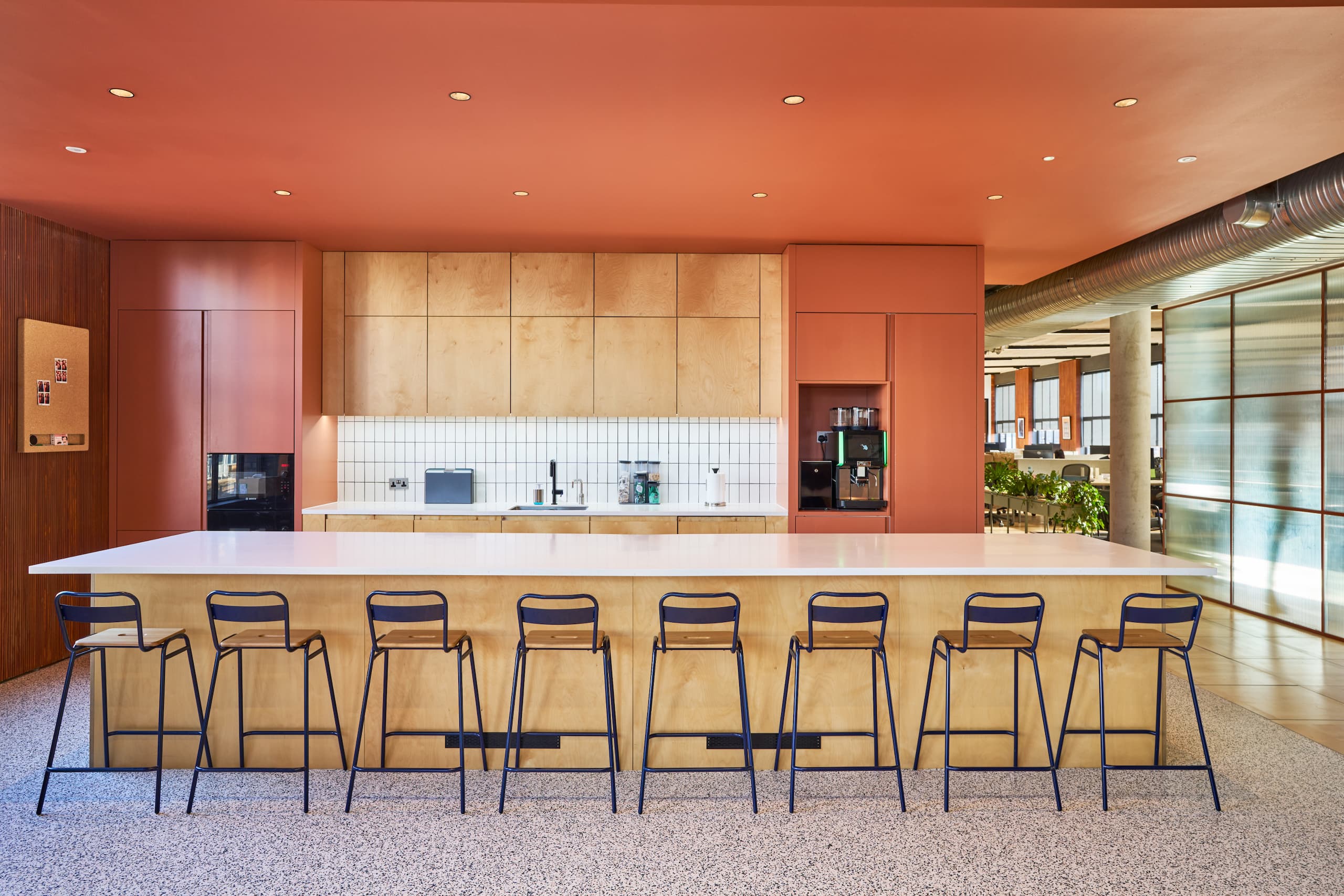Space for Thought: Designing for Creativity and Innovation
Companies are under more pressure than ever before to innovate. Evidence from neuroscience research suggests there are basic design steps firms can take to support creative thinking.
This blog investigates how using workplace design can boost creative and innovative performance, exploring the tips that will have a big effect on outcomes but that are also quick and easy to implement.
Green is the colour
One of the research findings linking design and creative/innovative thinking that is most straightforward to apply is related to the use of the colour green. Even though workplaces being built today have fewer walls to paint, literally, than those constructed or renovated several years ago, some vertical surfaces requiring paint and finish remain. The people looking at those planes and doing work requiring creative thinking benefit when they see green.
Other opportunities to use green, besides on walls and other painted surfaces, abound. Upholstery and wall or floor coverings regularly need to be selected and they can also feature greens, if creativity and innovation is a priority. Clearly, some common sense needs to be exercised here as not everything in any workplace can be green.
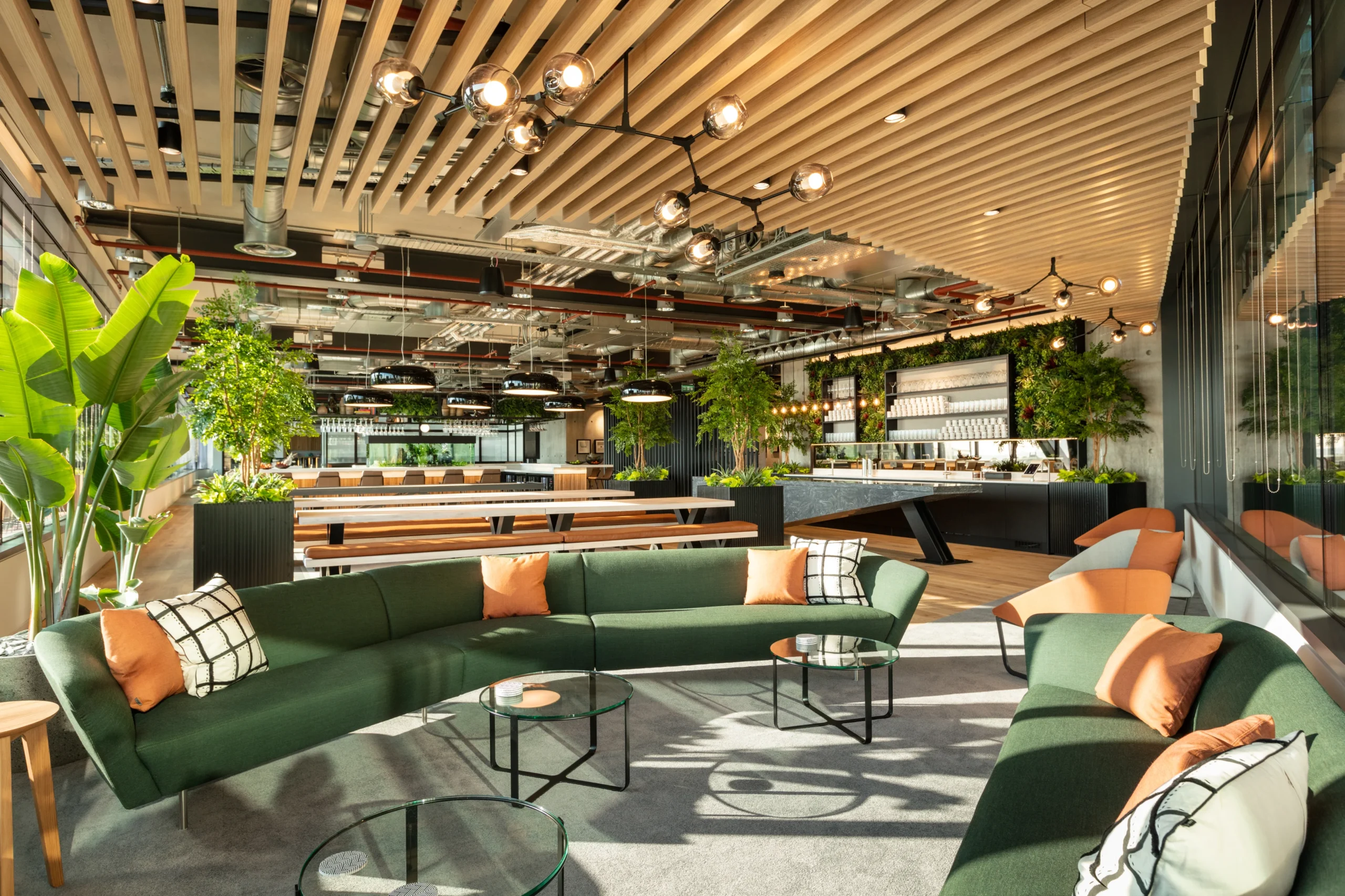
Warm and natural light
Just as many workplace surfaces ultimately are coloured, light fixtures of various sorts are filled with light bulbs. Using relatively warmer bulbs in places where creative/ innovative thinking is desired is a good idea (Weitbrecht, Barwolff, Lischke and Junger, 2015), and, ideally, those warmer bulbs are found in floor or table-top lamps (Soler, 2018).
The sorts of bulbs that will have the most positive effects here are the kinds made with clear glass, whose packages are labelled ‘warm’ and are available any day of the year—the bulbs made with coloured glass that are sold at Halloween and for other holidays are creativity busters, not boosters.
Natural light has a powerfully positive influence on what goes on in our heads and it’s a definite creative thought enhancer (for example, Meinel, Maier, Wagner and Voigt, 2017; Dul and Ceylan, 2014). Natural light should be used to complement the warm artificial light described earlier.
Cut out visual clutter
Visual clutter is a powerful stressor (Renner, 2020 [reviewing the work of Kastner, a Princeton professor]) and getting rid of it merits special mention. Visual clutter is known in the environmental psychology world as ‘high levels of visual complexity’. Moderate amounts of visual complexity have been linked to enhanced creative performance (Vohs, Redden and Rahinel, 2013).
The goal, creativity-wise, is not too much or too little for the eyes to process—the objective here is to have about the same amount of visual complexity as in a residential interior designed by Frank Lloyd Wright (Vaughan and Ostwald, 2014). Encourage people to tuck pens, papers, etc, not in use into drawers and cabinets they can’t see into, for example, or add tuck-away options to interiors to block any view of contents. Even putting multiple items into a cardboard box can improve many situations.
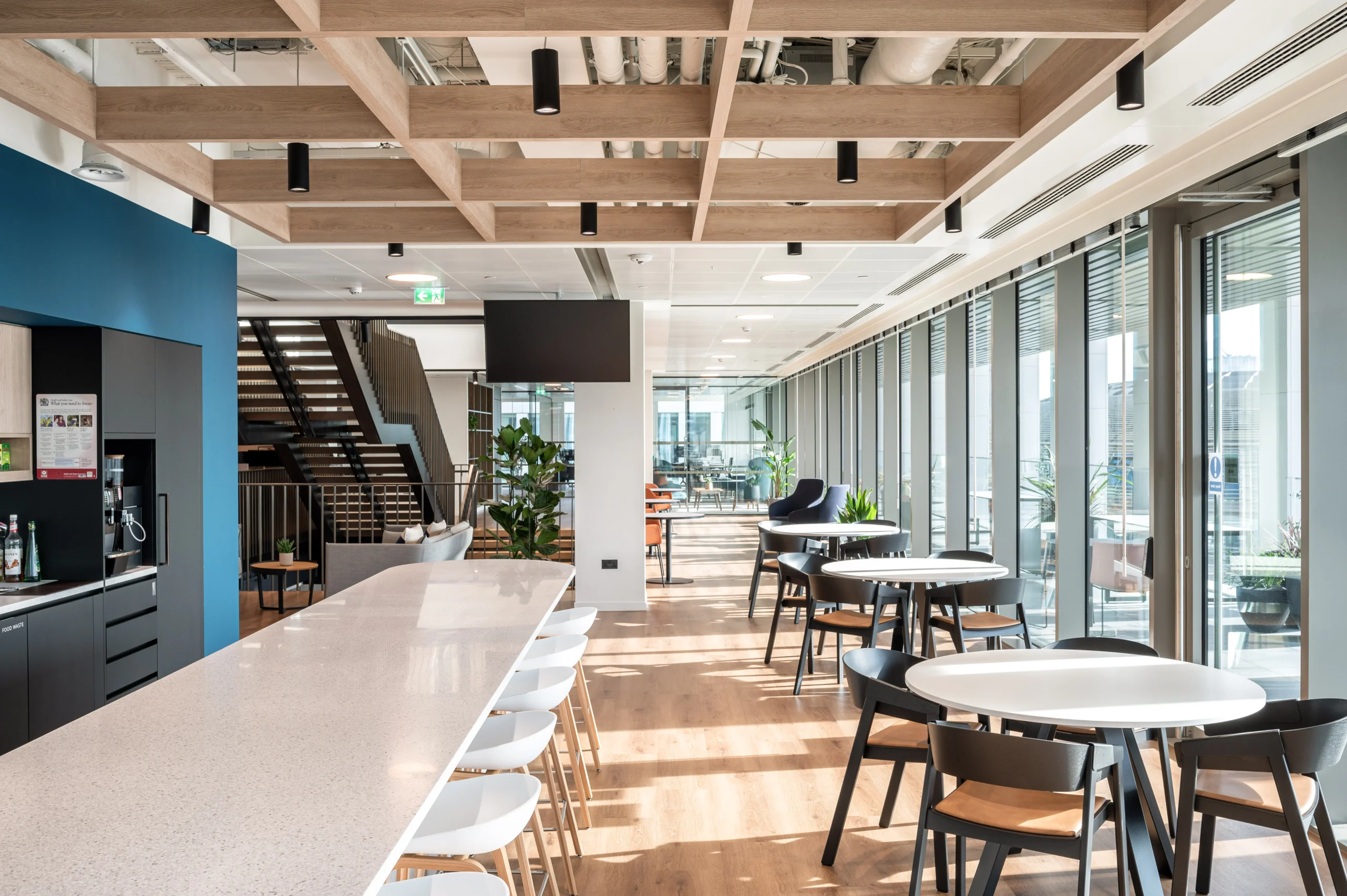
Leafy Environments
Another important creativity boost comes from adding a few green leafy plants to wherever you want creative and innovative thinking to flourish (for example, Shibata and Suzuki, 2002; Studente, Seppala and Sadowska, 2016). The objective here is definitely to introduce plants with leaves, not cacti, please. Also, curate your plant collection, don’t add forests, just because you have a green thumb. If someone working can see one or two plants, from a few inches to a few feet tall while they work, that will do great things for their ability to think creatively —more foliage ups the visual complexity to stress-inducing levels.
If there’s a sound system in place, listening to nature sounds, such as gently moving water, can be another cost effective way to boost creativity (Browning and Walker, 2018). Nature soundtracks are readily available online.
Comfort matters
Seats can be expensive investments, but seat cushions are not. Ackerman, Nocera and Bargh (2010) found that when people are sitting on cushioned surfaces, even when those cushions are pretty sleek, say about an inch or so thick, they interact with each other more pleasantly and negotiate compromise solutions more effectively. So, if seats in spaces for innovation are hard, and people will work together in those areas, adding some seat cushions may be an easy, cost-effective way to move a team to a higher performance level. Xie, Lu, Ruiming and Zhengguang’s work (2016) also encourages investment in softened seats for a boost in creative thinking.
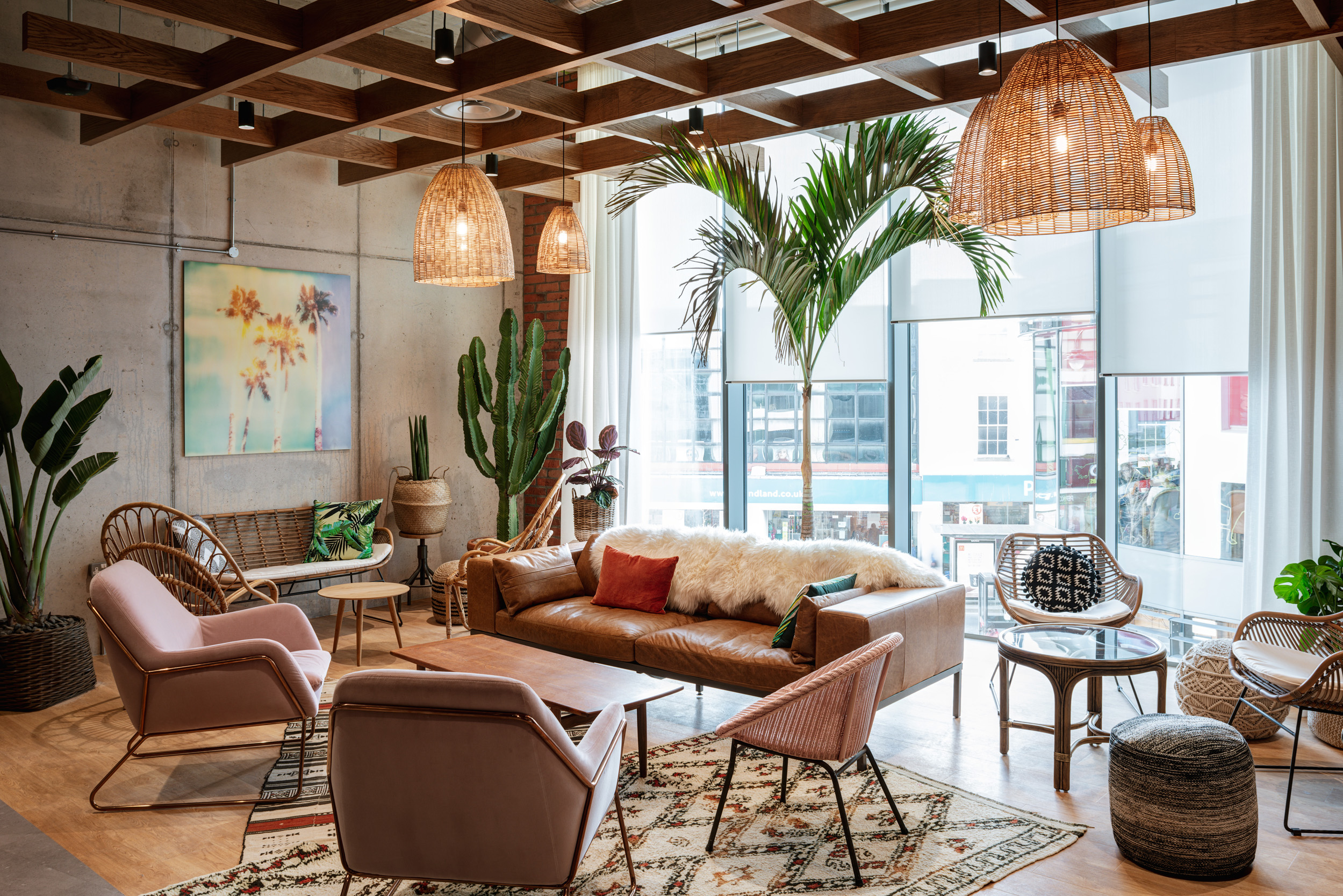
This article is based on a research piece ‘Space for thought: Designing for creativity and innovation’, authored by Sally Augustin, a practicing environmental design psychologist based in Chicago, for WORKTECH Academy.
Get in contact with us today.
